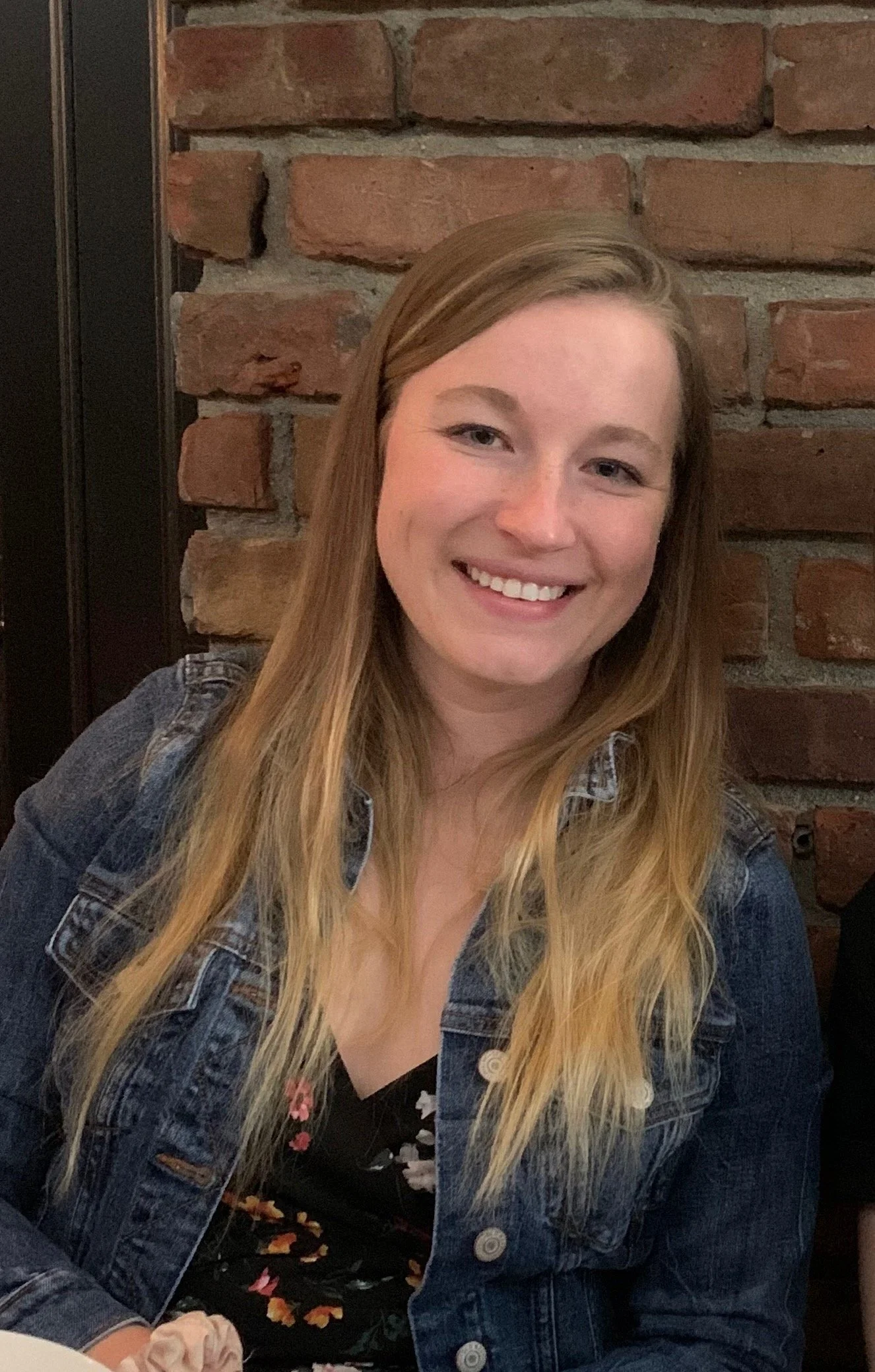Can we improve how we age by using therapies that reduce brain stress?
Dr. Jennifer Hafycz was the lead author on this study. Jennifer is interested in understanding how molecular signaling affects the brain and, ultimately, behavior. Specifically, she’s interested in discovering the molecular signaling changes that occur during aging to improve our function as we age!
or technically,
Reducing ER stress with chaperone therapy reverses sleep fragmentation and cognitive decline in aged mice
See Original Abstract on Pubmed
Authors of the study: Jennifer M Hafycz, Ewa Strus, Nirinjini Naidoo
As we get older, our brains don’t work as well as they used to. For example, we are not able to complete complicated tasks quickly or learn new material easily - symptoms called “cognitive decline.” Why and how this decline in brain function occurs has perplexed scientists for years. That is until a recent study by Penn NGG student, Jennifer Hafycz, which found that cellular stress is a key driver of cognitive decline in aging.
The brain is made up of small machines, called neurons, which perform a variety of functions that allow us to feel, interpret, and respond to our environment (among many other things)! In order to complete these tasks, neurons must recycle nutrients called proteins. This process involves folding proteins so that they can function appropriately, akin to a scooter needing to be propped up in order to be used! Sometimes this process goes awry and proteins don’t form properly, causing neurons to accumulate non-functioning proteins. These proteins accumulate and stress neurons. Young neurons can easily deal with this stress by making helper proteins (called chaperones) that fix the poorly formed proteins. Old neurons, however, lose the ability to do this well, which results in cellular stress and eventual loss of function.
Penn NGG student, Jennifer Hafycz, theorized that treating aged mice with lab-made chaperones (PBA) would enable old neurons to deal with cellular stress, allow them to continue functioning well, and prevent age-related cognitive decline.
After confirming that old mice exhibited markedly more cellular stress than young mice, Jennifer treated them with PBA to examine whether chaperone treatment reduced neuronal stress. Strikingly, PBA treatment improved neuronal health and old neurons looked almost as stress-free as young neurons! She then wondered whether these changes would affect learning and memory in old mice. Using two well-described tasks that test these functions in mice, she found that PBA-treated old mice performed significantly better on these tasks than untreated old mice. In fact, the PBA-treated old mice performed just as well as young mice! In other words, reducing cellular stress can prevent cognitive decline!
To figure out exactly how PBA treatment was improving cognitive function in old mice, Jennifer tested whether PBA increased the levels of proteins normally found in neurons that play crucial roles in cognition. Interestingly, she found that binding immunoglobulin protein (BiP, a chaperone normally found in mice) and p-CREB (a protein implicated in learning and memory) were dramatically increased in PBA-treated mice but not in untreated mice. Jennifer next theorized that PBA treatment might work by increasing BiP levels. To test whether BiP alone could improve cognitive function, Jennifer used genetic tools to increase BiP levels in old neurons and found that this was enough to improve cognition in mice! In other words, treating old mice with a chemical chaperone, such as PBA, promoted neurons to make their own chaperone which resulted in improved learning and memory!
In sum, Jennifer found a new therapy for dealing with cellular stress in aging and identified how it may work, marking an advance towards improving our quality of life as we age!
About the brief writer: Sai is a 2nd year PhD Candidate in Chris Bennett’s Lab. Sai is interested in understanding the molecular mechanisms underlying immune dysfunction in Krabbe disease. Ultimately, he wants to develop safer immunotherapies for the devastating pediatric disease.


